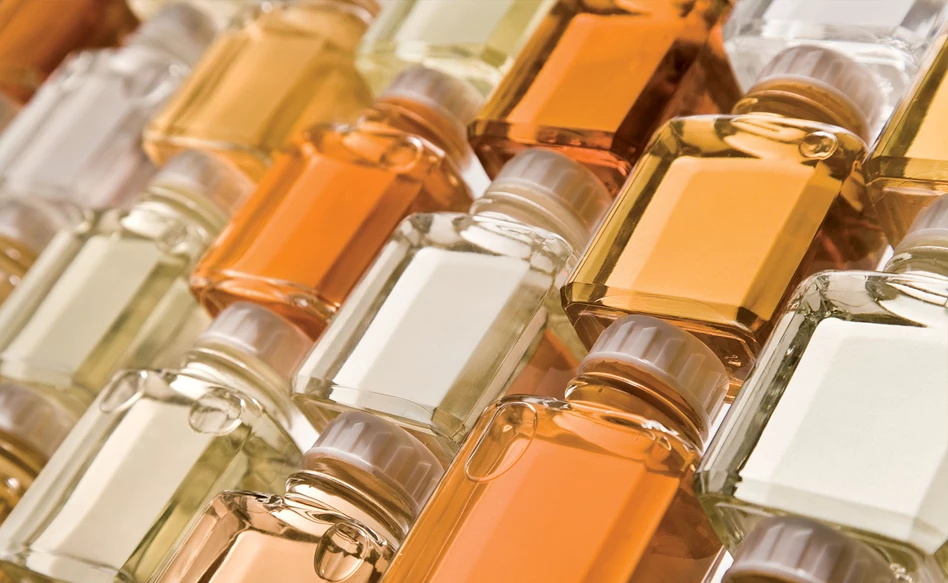
Oils for oil colour
The various Talens oils serve primarily as ingredients for the artist to prepare his own mediums and paint.
It is not recommended to use pure oil as a medium. A medium must never consist of more than 40% oil. This would make the paint film too fat and too sealed, making it difficult for a next layer to adhere onto it. What's more, the more oil is added, the greater the risk of wrinkling.
Linseed oil
Linseed oil, obtained from the seeds of the flax plant, has been the most important binder for oil colours for more than five hundred years. Other drying oils produce a less durable paint layer, can darken considerably or have an overly long drying time. Unfortunately, an oil that is optimal for every desired property does not exist.
Linseed oil has proven over the centuries to possess the best combination of properties.
Safflower oil
Because, over time, linseed oil shows a certain degree of yellowing, linseed oil is sometimes replaced by safflower oil, particularly for white paint.
Safflower oil is pressed from the seeds of the safflower thistle. This oil yellows less than linseed oil, but the drying time is longer and the oil forms a paint film with different properties than linseed oil.
The use of white based on safflower oil in a layered structure of a painting, where it forms a substrate for colours based on linseed oil, can cause phenomena such as crackle or even detachment of layers of paint above. It is therefore advisable to limit the use of white paint based on safflower oil to the final phase of the painting.
Stand oil
Stand oil is a very fat oil and is consequently particularly suited for the final layers.
It is obtained by heating linseed oil without the addition of oxygen. No oxidation occurs. The oil becomes thicker as the molecules group together (polymerisation).
The honey-thick stand oil can be thinned with white spirit or turpentine and forms a more flexible film than standard linseed oil. In the past stand oil was used as a glazing medium, but these days it is used mainly as an ingredient in making one's own medium. It is a very fat oil and is consequently particularly suited for the final layers. The chance of the paint wrinkling is less than with linseed oil, and the drying time is increased, as is the gloss.
Boiled linseed oil
Boiled linseed oil is a linseed oil heated with siccatives that can be used in a self-made medium for oil colours to allow the paint to dry faster.
The term "boiled" is not exactly correct, as the oil is heated to below the boiling point. This is done with the addition of siccatives and so the oil can be used as an ingredient to make a quick-drying painting medium. When using boiled linseed oil, pure or as an ingredient of a self-made medium, siccatives may not be added in connection with the durability of the paint film.
Poppy oil
Poppy oil and safflower oil are almost identical chemically speaking and are therefore comparable for paint applications.
In comparison with linseed oil, poppy oil dries more slowly, is paler, yellows less and there is less risk of the paint wrinkling. Due to these properties, a self-made medium based on poppy oil can be used in combination with light colours using the alla prima technique.
Poppy oil, however, forms a weaker layer than linseed oil, and if used in the lower layers can cause problems for the adhesion of linseed oil colours in the subsequent layers. It is therefore advisable with layered painting to use poppy oil only in the final layer.